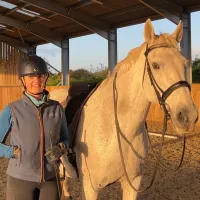Spooky horse transformations
Join the 000's of riders who have
fallen back in love with riding their
confident and connected horses
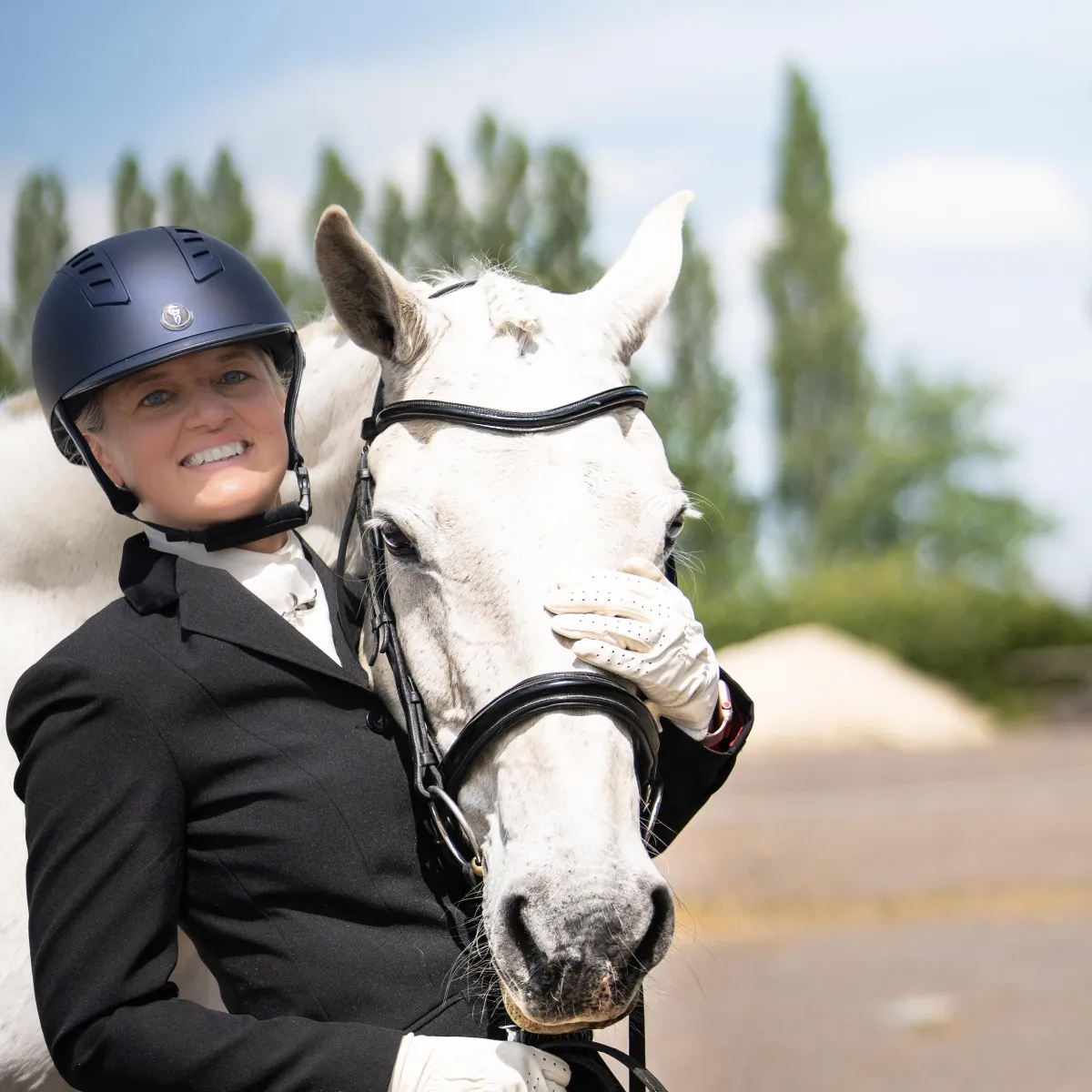
Lyla Cansfield
Hi, I am Lyla and I believe that success with horses comes from understanding and connection.
I specialise in providing a unique blend of horsemanship principles alongside sensitively applied traditional ground and ridden techniques for riders of any discipline to achieve transformational results with their horses.
I believe that horses are happier and will respond better to training in any sphere when they understand your expectations and you understand theirs.
Enquire now for the complete spooky horses course
Ready to make a start falling back in love with riding your horse?
Tap the button below to find out more...
Services

Online Coaching
Online courses with coaching options, you choose how much support you want to acheive your goals

1-2-1 consultations
Consultations and problem solving sessions, online or live at your yard
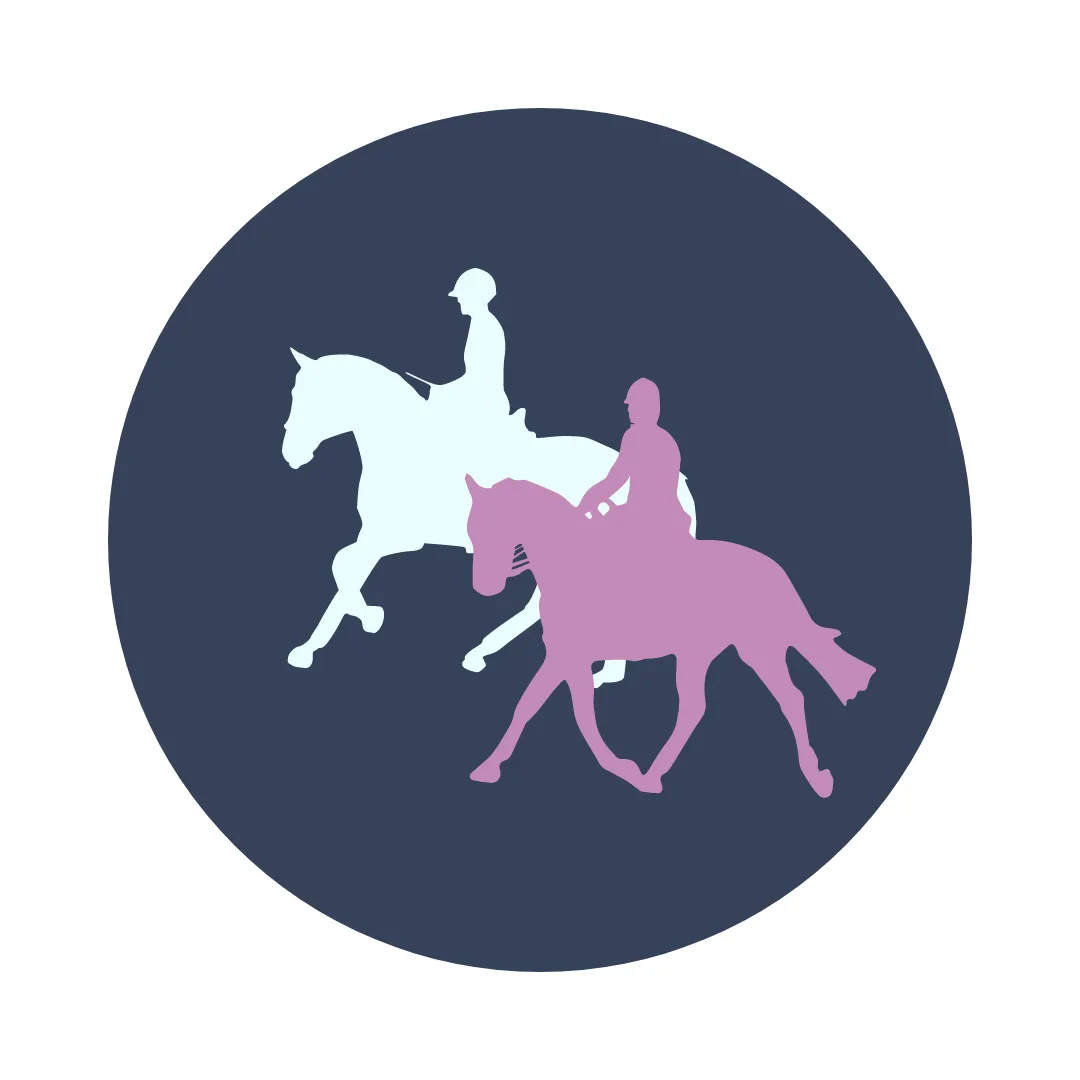
clinics & Events
Summer camps and clinics in the UK and internationally
CLIENT RESULTS
Happy Clients
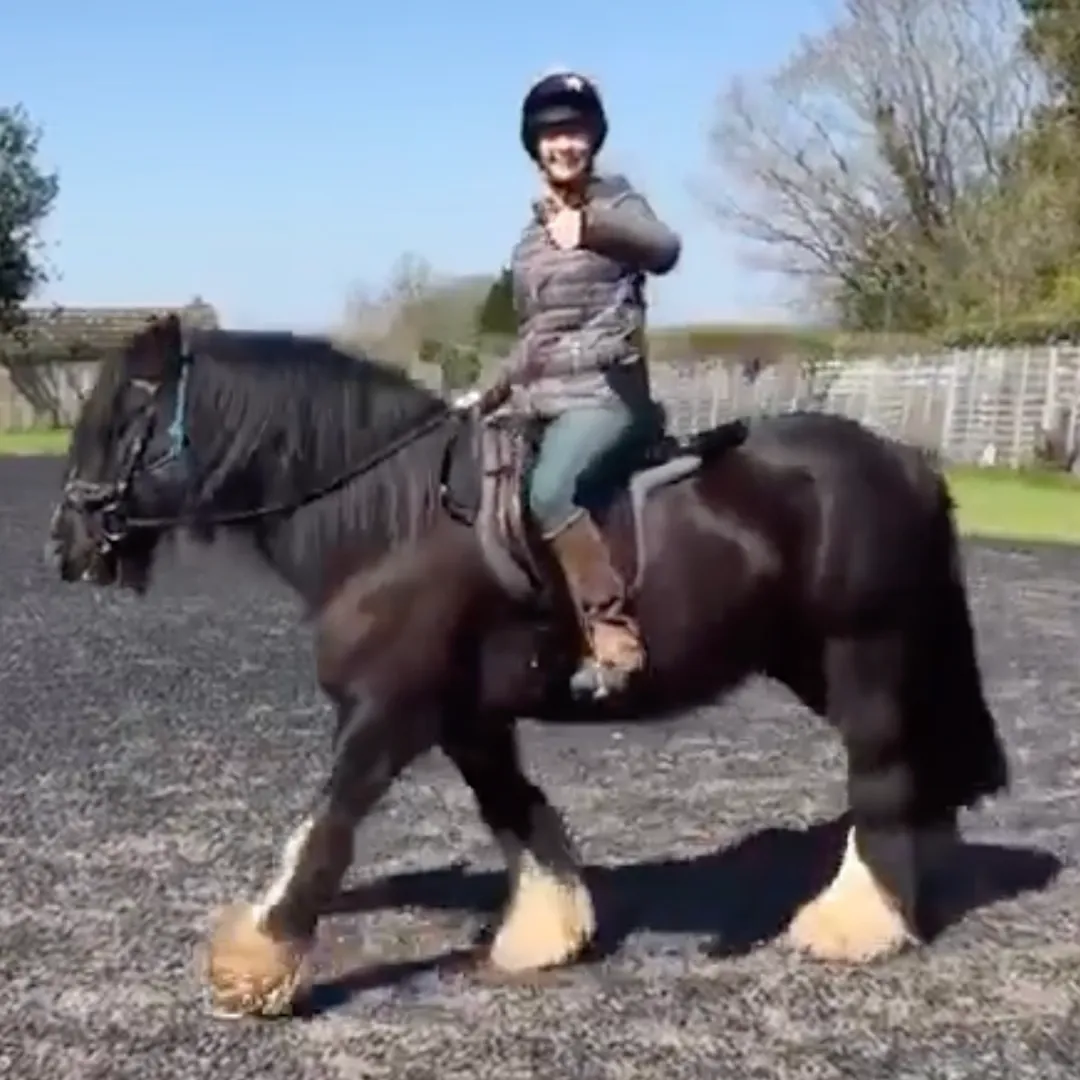
"I am much happier to ride my horse now that I understand when he is relaxed and connected. How to read his body language from the saddle and what to do if he becomes anxious."
Helen & Troy
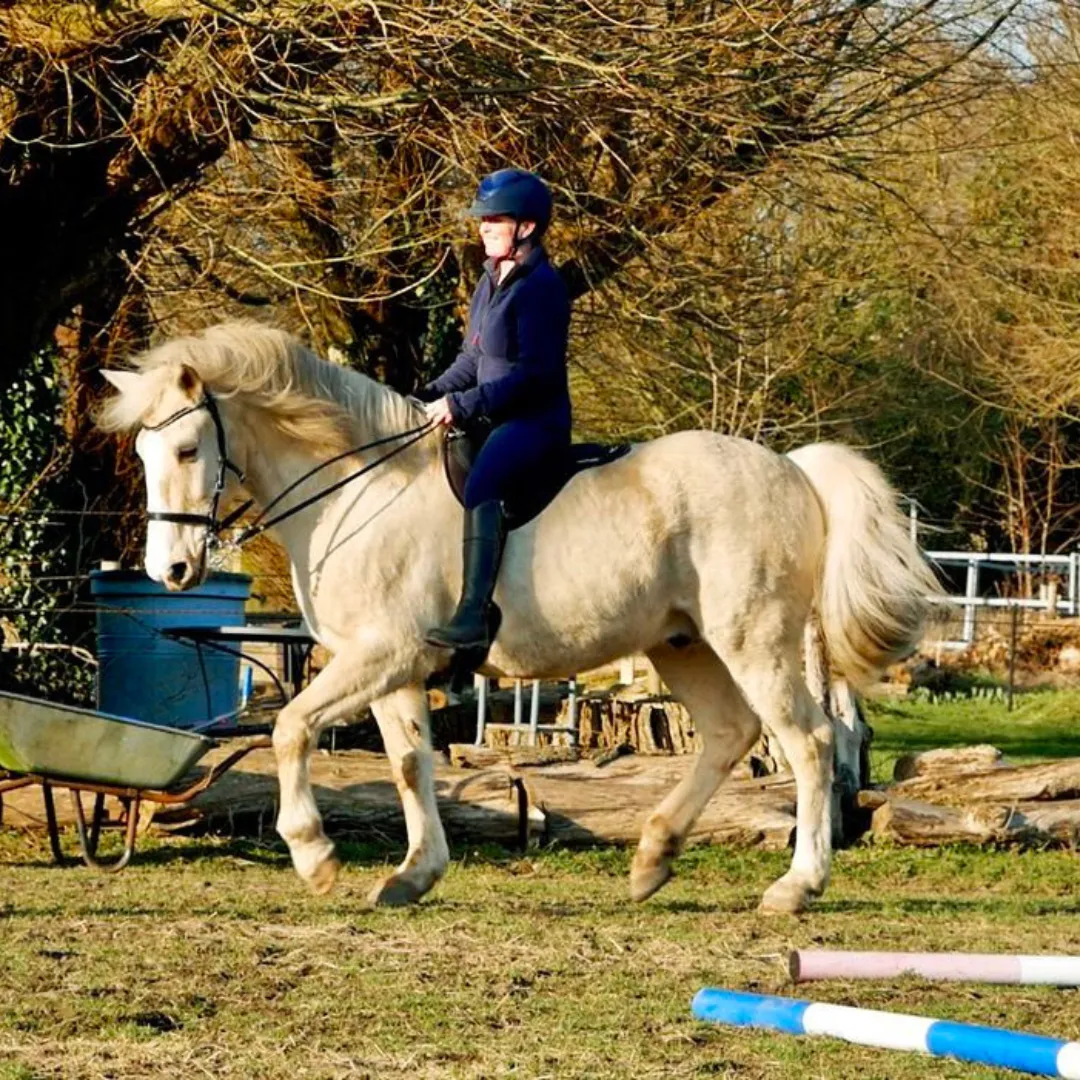
"I feel liberated. We've been stuck in the local equestrian centre for most of our schooling sessions, now I can benefit from riding in other environments and places."
Zaria & Amigo
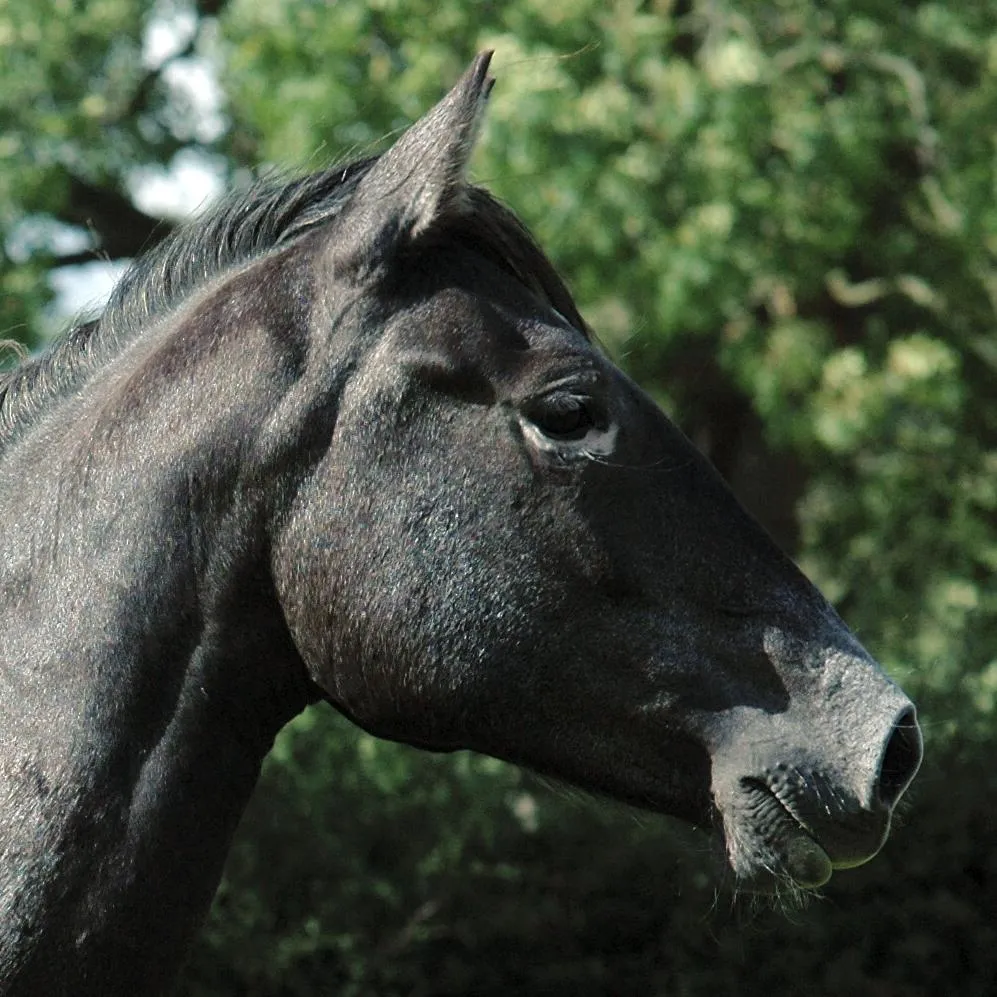
Don't Go! Helping Horses With Separation Anxiety
You just want a nice ride and your horse is screaming like a banshee, trying to keep his concentration is like trying to have a serious talk with your child on Christmas morning!
Separation anxiety can be really debilitating and in some cases horses can be a danger to themselves so resolving the problem and having a calm horse again is a great relief for you both.
Horses are herd animals, it’s completely against their nature to be on their own and away from their companions. Some, more confident, horses cope fine, but for others going away from their friends or a particular friend is very traumatic. Consequently it can end up just as traumatic for their owners.
Dealing with separation anxiety can take some patience but it’s completely resolvable with time and a step-by-step process.
Here’s a few things to help you get started...
Understand your horse
When I lost my 3rd horse earlier in the year, I was left with Arielle and B who are mother and daughter. Of course, they connected really closely and without the 3rd horse, they became tricky to separate.
First thing is to understand which environments are going to help your horse. My horses have always had a lot of turnout, some years they would live out 24/7 so they are most relaxed out in the field rather than in stables. I learned that I could use this to my advantage when working on separating them.
If I left the lone horse in the stable she would be very distressed and the whole job was harder but if I left her in the field, she did much better.
Your horse might be completely the opposite, be more relaxed in the stable so you may be better off having them there when you work on leaving them on their own. Work out which environment is going to work best for your horse and start there.
Do it gradually
When dealing with separation anxiety you often her people say ‘they’ll just have to get on with it”. While it may work with some horses to go ‘cold turkey’ and make them deal with it, there are safer, more considerate and easier ways of doing things.
There are 5 stages to dealing with separation anxiety:-
Build up distance in sight of each other
Start going out of sight for brief moments then back in sight
Build up time out of sight
Go away completely
Come back!
In each of these stages prioritise relaxation in both horses, the best result being that neither horse gets upset. This will make it a natural progression and as stress free as possible.
Build up the distance in sight of each other
Start by working out how far away you can go without the horse that’s left behind getting upset. Look for the first moment they get worried, they might call to the other horse, they might start to move around, when you reach this point don’t go any further!! Wait until everything is calm again then you can either finish there for the day, or go a little further away and repeat the process.
You can stop the exercise at any time but what’s important is that you bring the horses back together when they are both calm. When they finish in a calm state they are much more likely to be calmer the next time you work on it.
Going out of sight
Once you have built up distance you can start to take the one horse out of sight of the other. Only do it for a moment, then back again, making sure the lone horse stays calm. Repeat until both horses are calm. Once you can do this without drama, you are ready to build up the time they can be away from each other.
Going out of sight is usually the trickiest part so once you’ve got this going well things should get easier.
Other things to consider
Particularly when you get to the stage of going out of sight, it’s always advisable to have someone to supervise the horse you are leaving alone. That way they can make sure the lone horse doesn’t panic or let you know if they get too worried and you need to return.
As I mentioned earlier environment can play a big factor. If your aim is to take two horses out to a competition and leave one on the box then it’s a great idea to start working on that in a relaxed environment at home before you try to do it at a venue. Just use the same steps outlined above.
Time
If there is one universal tool that works with every single horse it’s time. Separation anxiety can be frustrating but it is also resolvable, it will just mean taking some time to train in this way.
If you have a long period when you can’t work on it and the horses are together again, then don’t be surprised if it goes backwards a few steps. If that happens, then just put all your pieces back together. The good news is, if you have resolved it once then it shouldn’t take long to give them a refresher.
---------------
Before trying any training technique it is important to rule out pain or discomfort. Saddle fit, teeth, back, hoof balance and lameness issues should all be checked by a qualified professional before applying any training.
If you have questions or need idea's to help with a specific problem feel free to get in touch with me.
---------------
Lyla has been helping riders and their horses in the UK, USA and Europe for over 15 years. She has prepared horses for crowds of over 6,000 people with no calmers or ear plugs for venues including Birmingham NEC, Aintree, Bury Farm EC and Hartpury.
Lyla specialises in horse psychology and behaviour problems with a specific interest in dressage and has worked with horses from grass roots to Grand Prix across the UK and Europe including international competitors and Olympians from Spain, the US, Canada and the UK.
---------------
All training techniques discussed are from experience only, it is impossible for to accurately advise on horse/rider combinations without seeing them live. Lyla Cansfield & Equine Mind & Body Training strongly advise anyone considering using any of the techniques discussed to get live help and can take no responsibility for the outcome of applying any of the techniques discussed with or without supervision. Riding is a high risk sport.
